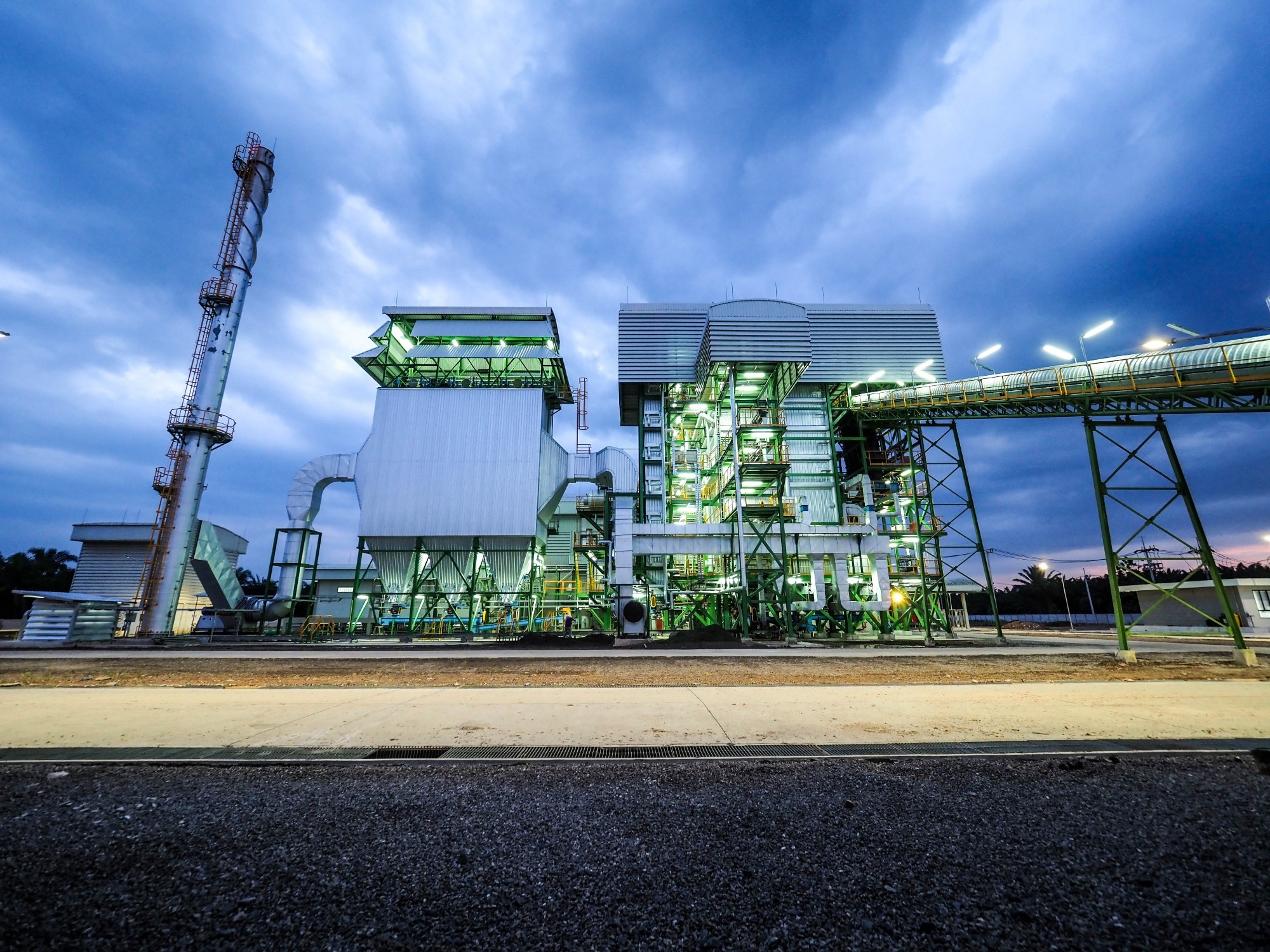Reviewed by Mila PereraSep 21 2022
An essential technique to cut back on the usage of fossil fuels and the associated carbon emissions is the development and use of rural biomass energy.

Image Credit: Shutterstock.com/engineer story
Many of the carbohydrates found in agricultural waste, including straw and livestock manure, can be used as nutritional sources for bacteria and to facilitate the formation of biogas.
A magnetic field has been discovered to improve the production of synthetic biogas, according to a joint research team led by Dr. Yanhui Zhang from the Shenzhen Institute of Advanced Technology (SIAT) of the Chinese Academy of Sciences (CAS).
The journal Energy published the study. It also included cooperation from professors Bo Zhao from the Northeast Electric Power University and Yuyi Yang from the Wuhan Botanical Garden of CAS.
The effects of applying a static magnetic field (SMF) in the presence of the bio affinity-added titanium dioxide-foamed nickel (TiO2-FNi) during the anaerobic digestion and methanation of maize stover were examined by the researchers.
This procedure uses permanent magnets to create the external magnetic field environment and deposit TiO2-FNi on the reactor's base in bulk.
This study’s additive, TiO2-FNi, is a porous conductive substance. Due to its porous design, multiple grooves, and the fact that TiO2 is non-biotoxin, it is more suitable for flora adherence and the development of electroactive biofilms that facilitate electron transfer.
By adjusting the distance between the permanent magnet and the reactor’s base, the magnetic field’s intensity can be adjusted. The magnetic field’s cooperation further accelerates cell proliferation and glycolysis.
The technique demonstrated good recovery potential and environmental friendliness, with the recovery rate of the TiO2-FNi composite material reaching 99.29%. According to the energy balance analysis, the anaerobic fermentation process in the experimental group was 43.68%, which was 13.20% more than in the control group.
According to the experimental findings, methane production rose by 44.71% at a concentration of 2.82 g L–1 TiO2-FNi and a magnetic field of 11.4 mT.
By strengthening the methane production path of direct interspecies electron transfer, the recycling of CO2 is realized and the carbon emission in the reaction process is reduced.
Dr. Yanhui Zhang, Associate Professor, Shenzhen Institute of Advanced Technology, Chinese Academy of Sciences
This study offers a strategy for the large-scale synthesis of methane and hydrogen from agricultural waste that is sustainable and beneficial to the environment.
Journal Reference
Zhao, B., et al. (2022) Enhanced anaerobic digestion under medium temperature conditions: Augmentation effect of magnetic field and composites formed by titanium dioxide on the foamed nickel. Energy. doi:10.1016/j.energy.2022.124791.